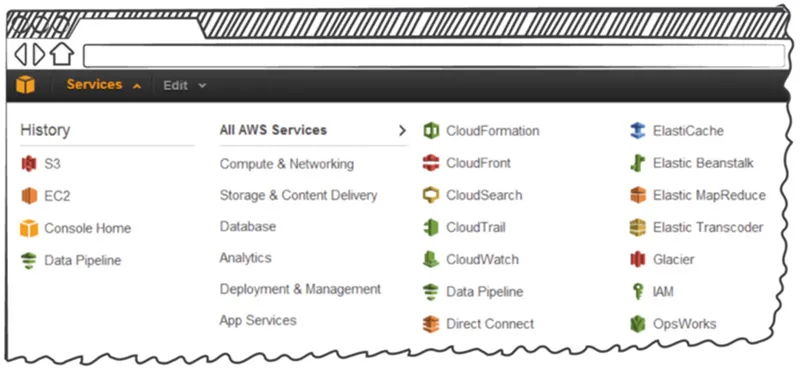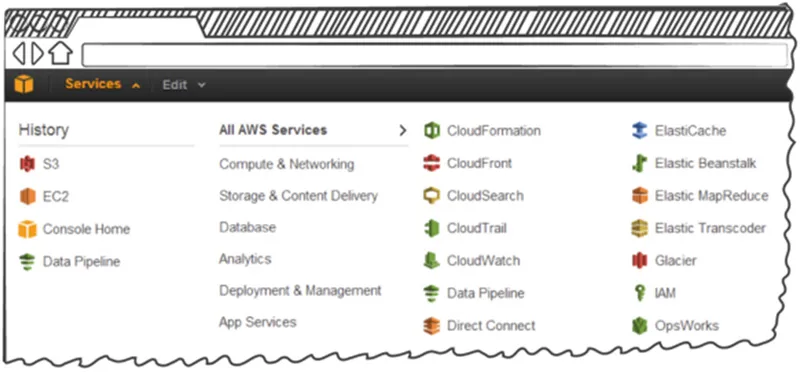Four things to think through before suggesting product fixes

Image credit: xaviereusebio
Oh! You are a Product Manager! What things should I do to improve my product?
Have you ever faced a situation like this? I have many times! People come to me and ask what should they do to their website or app to increase engagement or conversion; what works on the website and on the app; and what are the immediate few things that they could do to magically improve their metrics.
It's difficult to make people understand that these questions are not so straightforward. Product managers are not magicians. There are no set rules that will make the product a hit with customers. If you have anyone suggesting anything to you regarding your product, then you should take that advice with a bag of salt.
Here’s why!
Product management is a deeply involved process. There are no set rules like ‘x works’ and ‘y doesn’t’. For example, consider Google and Amazon Web Services (AWS) – both interfaces work despite being fundamentally very different (see the screen shots below).


So, what do you need to understand before suggesting anything to improve a website or app?
- Understand their business goals
What is the team trying to accomplish? Without understanding the team’s goals, you might suggest things that actually backfire on the business. For example, what if the changes you recommend make users click and move to the next page quicker (thereby increasing click through rates) whereas the business actually wants customers to go through pages slowly in order to understand the product (thereby having higher average time spent per page)? Thus, it is very important to understand the end goal and the metric that the business is targeting.

- Understand their target market
Who are the customers that the company is targeting? This is very important. When designing great products, every effort should be made to create alignment between the user’s mental model and conceptual model. For that, you need to understand the customer. Consider the screenshot below of AWS’s console, as an example.

At first glance, it may appear that the AWS console creates a high cognitive load (i.e. requires the user to think too much). However, for a techie, the AWS console is not complicated and thus involves a low cognitive load. If someone who is not the target audience sees the above screen, he or she might feel that it has too many elements and obviously should be simplified. But should it? No! Even though you might feel that it is high on cognitive load, it is not the case for the customers who actually use the AWS console. For them, the interface enables getting tasks done efficiently.
- Understand the local market influences
Some initiatives or improvements that you conceive might be perfectly valid, but not necessarily for the particular market or location where the business is operating. For example, e-commerce did not work in India for a long time. Flipkart, which now is an $11 billion company, tried to copy exactly what Amazon did but it did not work. The market was different and the mindsets of Indian consumers were different. Only later, they realised that online fraud was a common fear in people’s minds. They were sceptical about whether the products will reach them or not. ‘Cash on delivery’, as a payment option, was introduced by Flipkart and became one of the greatest innovations for the Indian e-commerce industry. It resolved people’s fear about paying for a product that may or may not reach them, and it worked great.
But if the above strategy was copied blindly by companies in the West, thinking it will be a game changer, would it make sense? No. This option is not required there. People in the U.S. are not used to paying cash on delivery. The laws over there protect people against any online fraud, so it is not a concern for them.

- Understand and analyse the data
A deep dive into the data to understand what’s working and what’s not can be very insightful. Consider an e-commerce website that is facing a low conversion rate, i.e. the number of visitors to a site that actually translate into transactions / purchases – how to fix this issue?
When users land on a website or app, their typical ‘purchase funnel flow’ looks like this:
Home Page à Listing pages à Product pages à Cart à Checkout à Pay
In the example mentioned above, you observe that the listing page doesn’t look good and the navigation is bad, so your most obvious suggestion is to fix the home page and the listing page. But after a closer look, you realise that the issue is something else.
On studying the data, you find that 3–4% of the users who land on the home page are adding the product to the cart and reaching the checkout page, but finally not paying. Why then are you trying to improve the home page and listing pages? When you deep dive into the data, you might realise that for any e-commerce platform, based on industry averages, only 2% of users actually complete the checkout flow. So the e-commerce platform in the above example is already 50% ahead of industry standards. If people are not completing the purchase, the issue might be that they don’t trust the website or the particular payment gateway that the website is using, or the gateway is not working properly.
Only after understanding the entire purchase funnel flow will you be able to figure out where the bottleneck is. Fixing the listing or home pages without a deep dive into the data would not have resolved your conversion rate issue. Only by going through the data for each stage in the funnel flow can you get a complete view of things.

So if you are a product person, the next time someone asks you for advice, hold your horses. Don’t recommend changes, even if they look obvious! First make sure that you understand how the above-mentioned points apply to the particular business and situation. Otherwise, you might suggest things that do more harm than good.
And if you are someone asking for suggestions about your product, firstly stop asking for ‘quick fixes’, i.e. the immediate things that you can do to improve your product or metrics; and stop asking people who do not completely understand the above-mentioned points.
Finally, if anyone is giving you advice about your product, please take it not with a pinch but a bag of salt! More often than not, these people do not completely understand your business, your customers, and the space that you are in. And no matter how good they are, if they don’t understand these things, anything that they suggest will be useless.
I would like to hear what you feel about this article in the comments section below and, if you like it, please do share it, so others might stumble across it too. Thank you.
(Disclaimer: The views and opinions expressed in this article are those of the author and do not necessarily reflect the views of YourStory)
Feature image credit : Shutterstock







